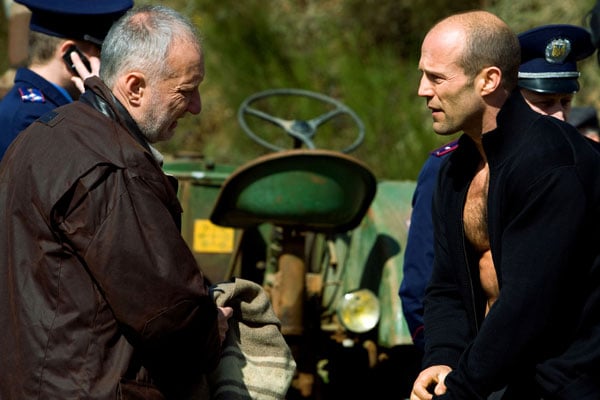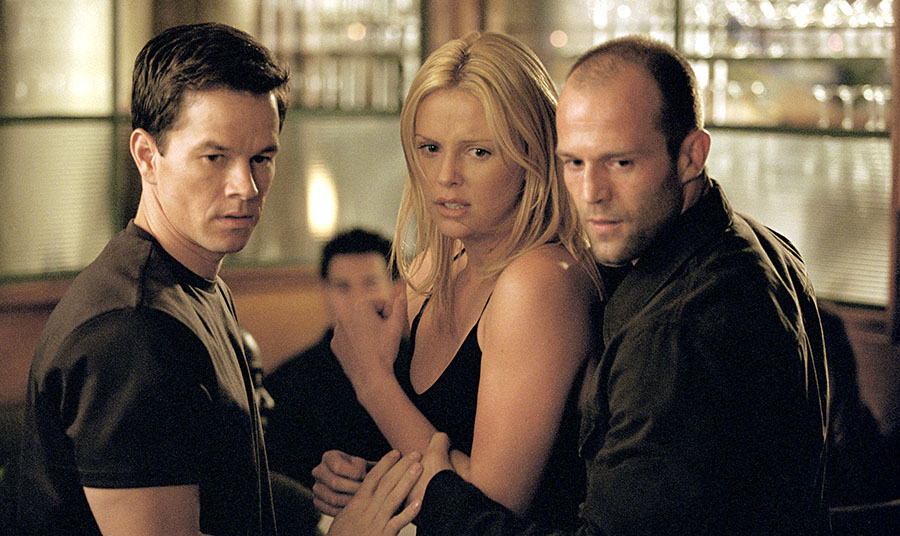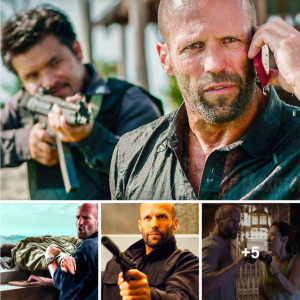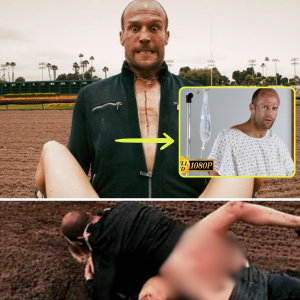
In “Crank 2: High Voltage,” Jason Statham delivers an electrifying performance that showcases his unparalleled prowess in action sequences, culminating in an epic showdown that transitions from a parking garage to a stadium. The intensity of this battle not only highlights Statham’s physicality but also underscores the film’s relentless pace and inventive choreography, making it a standout moment in his illustrious career.

The scene begins in a dimly lit parking garage, a quintessential setting for gritty, close-quarters combat. Statham’s character, Chev Chelios, is on a desperate mission, his adrenaline-fueled heart condition driving the frenetic energy of the film. The confined space of the parking garage sets the stage for a brutal, hand-to-hand confrontation. Chelios takes on multiple adversaries with a mix of raw aggression and calculated precision. Statham’s martial arts skills are on full display, as he utilizes every element of the environment—cars, pillars, and even stray objects—to his advantage. The choreography is tight and visceral, each punch and kick landing with bone-crunching realism that keeps viewers on the edge of their seats.
As the fight escalates, Chelios manages to overpower his foes, but the battle is far from over. In a daring and seamless transition, the action spills out of the parking garage and onto the streets, where a high-speed chase ensues. This sequence is a testament to Statham’s versatility as an action star, seamlessly shifting from hand-to-hand combat to vehicular mayhem. The chase is chaotic and exhilarating, with Chelios commandeering a vehicle and weaving through traffic with reckless abandon. The tension is palpable as he is pursued by relentless enemies, each moment a pulse-pounding test of his survival instincts.

The chase leads to a dramatic shift in setting as Chelios navigates towards a nearby stadium, where the final confrontation will take place. The change of scenery adds a grandiose scale to the showdown, amplifying the stakes and the spectacle. As Chelios enters the stadium, the atmosphere is electric, the open space providing a stark contrast to the claustrophobic parking garage. The stadium, filled with screaming fans and blaring lights, becomes a battleground where Chelios must confront his ultimate nemesis.
The climax of the showdown is a masterclass in action filmmaking. Statham’s choreography, combined with the film’s dynamic cinematography, creates a sense of urgency and raw power. Chelios fights with unrelenting ferocity, his movements a blur of speed and precision. The use of the stadium’s features—stairs, seats, and even the jumbotron—adds layers of complexity to the fight, making it a multifaceted spectacle. The crowd’s reactions heighten the drama, their gasps and cheers mirroring the audience’s emotions as they watch the intense battle unfold.

Throughout this epic showdown, Statham’s performance is nothing short of magnetic. He embodies Chelios with a gritty determination that is both compelling and relentless. His ability to convey pain, exhaustion, and unyielding resolve adds depth to the character, making the action scenes not just thrilling but also emotionally resonant. The physical demands of the role are immense, yet Statham executes each move with a finesse that only a seasoned action star can achieve.
In conclusion, Jason Statham’s intense battle from the parking garage to the stadium in “Crank 2: High Voltage” is a tour de force of action cinema. The seamless blend of close-quarters combat, high-speed chases, and large-scale brawls showcases Statham’s exceptional skills and the film’s innovative approach to action sequences. This epic showdown is a testament to Statham’s status as one of the premier action stars of his generation, delivering a performance that is both exhilarating and unforgettable. The scene stands as a high point in his career, epitomizing the relentless energy and creative choreography that have become his trademark.





